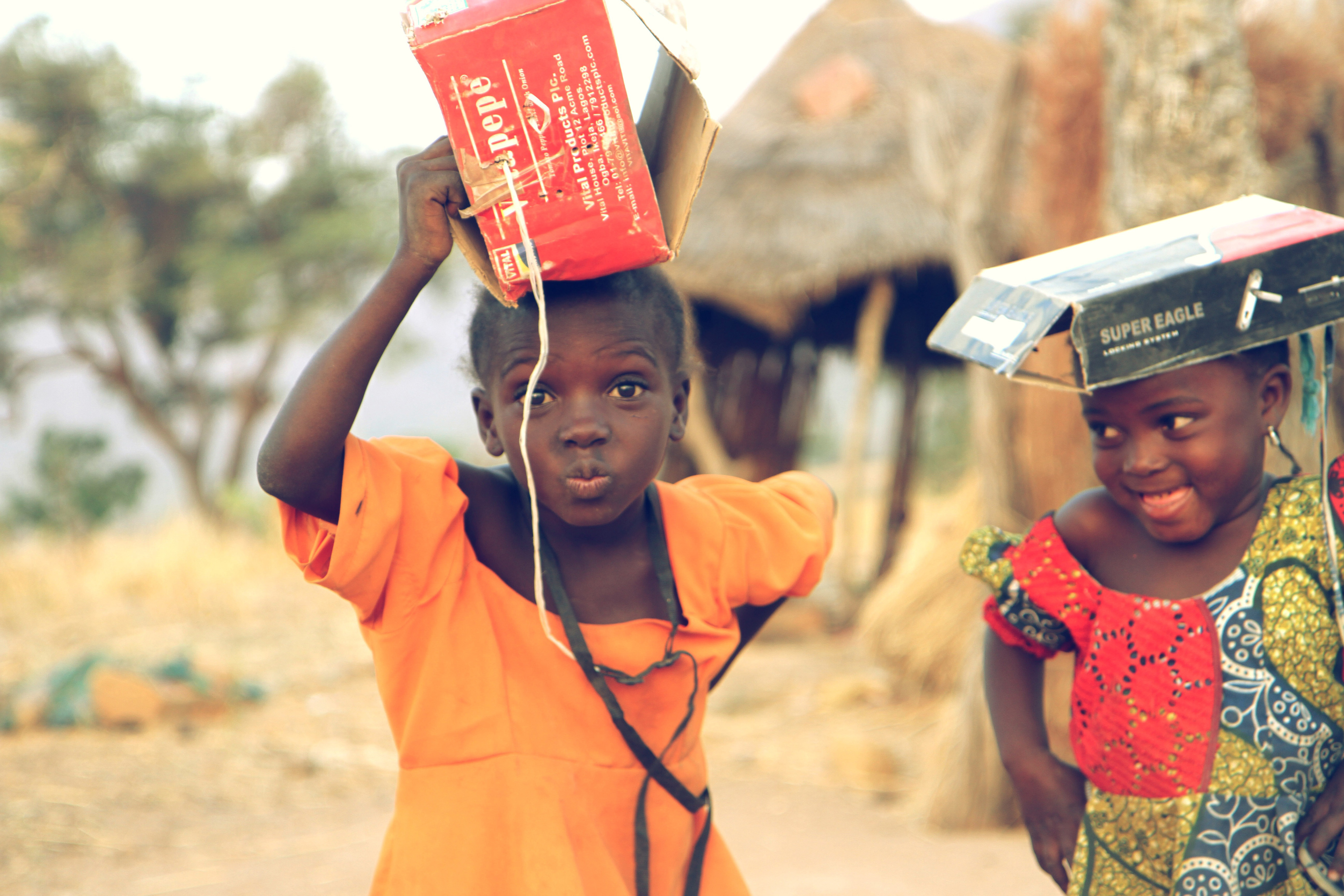At the top of the day, the individuals bringing home essentially the most cash are often those who put in the most time. Several Tibetan monks reported that it remained difficult to travel outside their dwelling monasteries, with officials incessantly denying permission for outside monks to remain briefly at a specific monastery for religious schooling. Monks exterior the TAR desiring to review within the TAR are required to obtain official permission from the religious affairs bureaus (RABs) of their home province and the TAR or Tibetan space concerned, and such permission was not readily granted. Nevertheless, Tibetan monks sometimes traveled in plain clothes outdoors the TAR and different Tibetan areas to show. With the exception of some extremely managed journeys, authorities repeatedly denied requests for worldwide observers to visit Tibetan areas to assess the situation. One instance was the repeated refusal of authorities in Barkham County in the TAR to grant permission to hold an annual religious event at the Tsodham Monastery. He additionally acknowledged that to do so was essential for “persevering with to carry out main development of west China.” According to a March 20 Xinhua report on the progress to settle all 219,800 herder households within the TAR, by the end of 2008, 200,000 households, together with a million farmers and herders, had been settled into permanent housing.
 However, images of the earlier Panchen Lama, his daughter, and the Karmapa (the chief of Tibetan Buddhism’s Karma Kagyu faculties and probably the most influential religious figures in Tibetan Buddhism who fled to India in 1999) had been extensively sold and displayed. Although TAR census figures showed that Tibetans made up ninety two percent of the TAR’s completely registered inhabitants, official figures did not embody numerous lengthy-, medium-, and short-time period Han residents, such as cadres, expert workers, unskilled laborers, army and paramilitary troops, and their dependents. Official visits to the TAR have been supervised carefully and afforded delegation members only a few alternatives to fulfill native residents not beforehand approved by the authorities. Following the March 2008 unrest, authorities forced many monks to attend weekly, sometimes day by day, political training classes. The power of Tibetan Buddhist monks and nuns to possess and show photographs of the Dalai Lama varied tremendously depending on location. Normally rural monasteries rarely visited by Han tourists and officials had been capable of show pictures of the Dalai Lama.
However, images of the earlier Panchen Lama, his daughter, and the Karmapa (the chief of Tibetan Buddhism’s Karma Kagyu faculties and probably the most influential religious figures in Tibetan Buddhism who fled to India in 1999) had been extensively sold and displayed. Although TAR census figures showed that Tibetans made up ninety two percent of the TAR’s completely registered inhabitants, official figures did not embody numerous lengthy-, medium-, and short-time period Han residents, such as cadres, expert workers, unskilled laborers, army and paramilitary troops, and their dependents. Official visits to the TAR have been supervised carefully and afforded delegation members only a few alternatives to fulfill native residents not beforehand approved by the authorities. Following the March 2008 unrest, authorities forced many monks to attend weekly, sometimes day by day, political training classes. The power of Tibetan Buddhist monks and nuns to possess and show photographs of the Dalai Lama varied tremendously depending on location. Normally rural monasteries rarely visited by Han tourists and officials had been capable of show pictures of the Dalai Lama.
PRC officials continued to severely prohibit the entry of diplomats and journalists to Tibet. Foreign diplomats must receive permission from the TAR’s Foreign Affairs Office for each go to to the TAR; permission was tough to acquire. Foreign nationals who had been granted official permission to travel to Lhasa once more had their movements restricted within the city and surrounding areas. Photographs of the “official” Panchen Lama, Gyaltsen Norbu, weren’t extensively displayed except at some high-profile monasteries beneath tight government management and then only at the insistence of government leaders. I have additionally changed the wording barely, here, as the official standards are binary-centric. Some city Tibetans who have everlasting employment, as well as CCP members and authorities officials, and some ethnic Han living in Tibetan areas, typically were restricted to two youngsters. In some cases, Tibetans had to promise not to travel to India to obtain a passport. Authorities halted almost all overseas travel to Lhasa for several months following the March 2008 demonstration.
After March the variety of overseas tourists touring to Tibet elevated, but authorities enforced extra tightly than before current rules that international guests should stay with tour groups. In some instances Tibetan students with scholarships to foreign universities couldn’t research abroad because authorities refused to issue them a passport. Monasteries in the TAR and main monasteries in different Tibetan areas weren’t allowed to ascertain relationships with different monasteries or hold joint religious actions. Tibetans touring in religious attire had been topic to extra scrutiny by police at roadside checkpoints. Many Tibetans nervous that the promotion of tourism to monasteries distracted monks from their religious work. Freedom of motion, notably for monks and nuns, was limited severely inside Lhasa and all through the TAR, and in Tibetan areas of Qinghai, Gansu, and Sichuan provinces. In some monasteries, monks had been capable of show images of the Dalai Lama of their personal quarters, although such pictures weren’t at all times allowed to be proven in public areas. With the ripple effects of Jackson’s tireless research and public outreach reaching from the AT&T laboratories to the White House, the magazine’s evaluation is almost an understatement. While this number was a rise from 2008, it was nonetheless down considerably from earlier years.